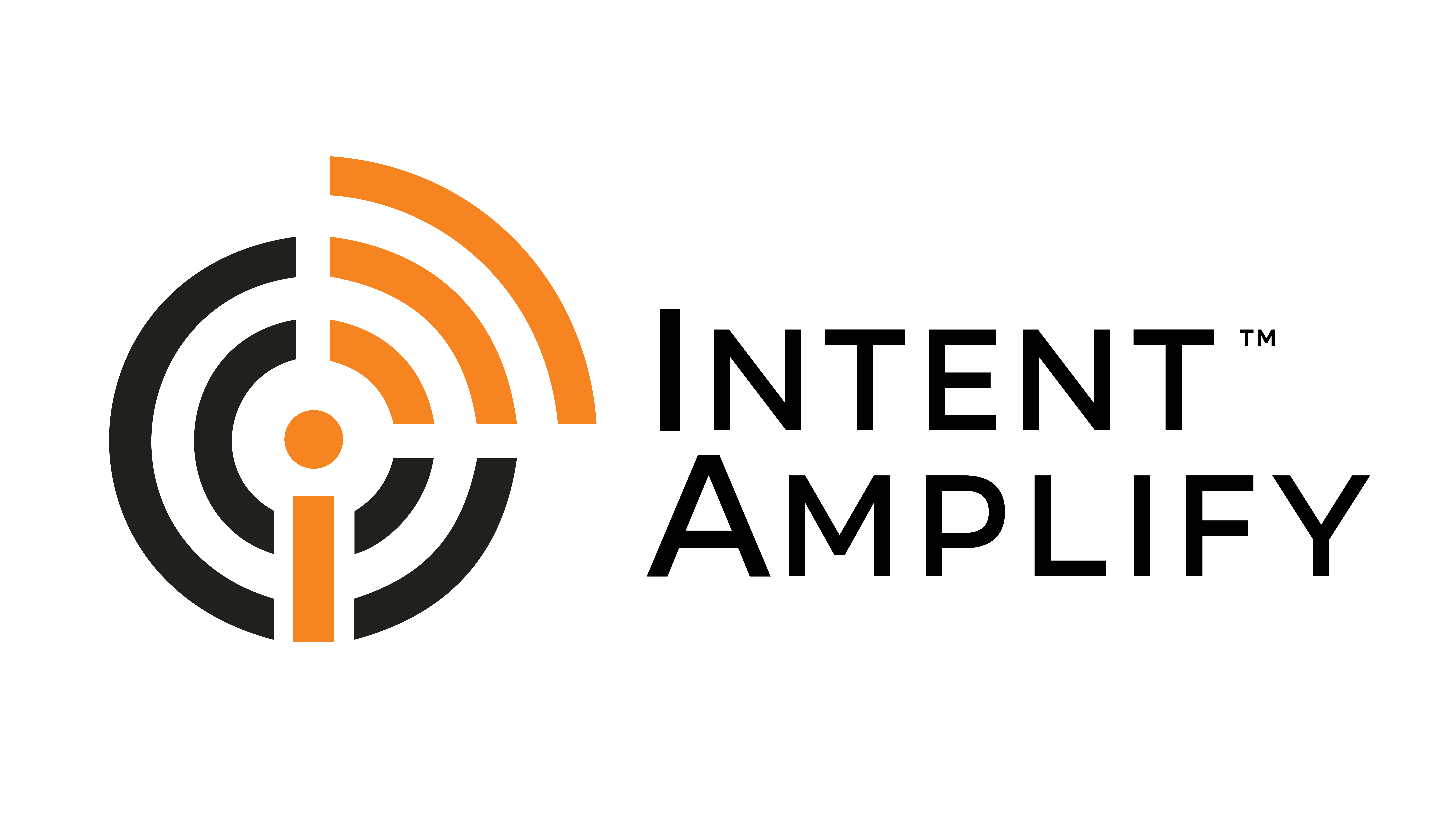From Leads to Loyalty: The Art of B2B Demand Generation
Creating genuine interest and demand for products and services is a significant hurdle for businesses in saturated markets. A strong demand generation strategy is crucial for generating customer interest that leads to high-quality leads, ultimately resulting in loyal clients.
This article will define demand generation and highlight effective demand generation strategies. By the end, you’ll be equipped to take practical steps to engage with more qualified prospects and initiate conversations with decision-makers.
3 Proven Ways to Generate Demand:
1. Content that Converts
91% of B2B marketers use content to spread the word about their company.
When you frequently publish top-notch content on the web, people see you as a thought leader in the industry. This makes them more likely to buy from you.
In B2B, the audience for your content is highly focused. Your content needs to target key decision-makers working at the businesses you serve.
For example, CoSchedule is a B2B business that sells a content calendar tool. Their blog is tailored to people within organizations (like CMOs) involved in the decision-making process of investing in software for planning and scheduling content.
Another thing to note is that unlike B2C content which finds audiences on social media platforms like Twitter and Facebook, B2B businesses tend to distribute their content via email marketing, conferences, search, and their own websites.
Research by FocusVision discovered that 70% of B2B customers consume content directly from a vendor’s site in contrast to the 53% that discover B2B content on social media. B2B companies tend to rely on a specific set of content formats: email, blog content, webinars, case studies, and PDF whitepapers.
Content marketing as a demand generation strategy
Demand generation experts play a crucial role in engaging with customers and equipping sales teams with leads and resources. By actively gathering and analyzing customer feedback from various sources such as interviews, surveys, reviews, and social media interactions, demand generation teams assist content marketers in gaining deeper insights into the perspectives and requirements of their brand’s audience.
Demand generation teams possess the ability to generate demand even in situations where it was previously lacking.
When Apple launched the iPhone back in 2007, nobody knew they needed it. Later, with its multifaceted capabilities encompassing mobile communication, music, photography, and computing, the iPhone not only created a new market but also paved the way for Apple’s content teams to shape the narrative of this groundbreaking innovation.
Content is King, But Variety is Queen
Diversity in content creation is crucial to reach customers through various channels. From traditional formats like white papers and webinars to more concise pieces such as videos, social media posts, and blogs, marketers are tasked with crafting content tailored to specific buyer personas while ensuring it’s easily repurposable across different platforms.
Content creation involves maximizing the value of every content piece, emphasizing that quality content creation is time-intensive.
All content should align with the needs of potential customers at different stages of the buying journey: early stage (problem identification and potential solutions), middle stage (evaluation of solutions), and end-stage (resolution of concerns and finalizing the deal). Addressing these questions effectively not only satisfies customer demands but also supports the efforts of the broader marketing team.
Rather than relying on guesswork, marketers can leverage data insights to understand customer preferences. Analyzing popular blogs and online resources, monitoring social media interactions, and collecting feedback over time are effective demand generation strategies for gaining valuable customer insights.
2. Targeted Social Media Engagement:
A common challenge that B2B brands face is long sales cycles. These long periods imply nurturing customer relationships in between. Most B2B products and services involve high costs and multiple decision-makers due to their long-term use and potential impact, further increasing the decision cycle.
Thus, it helps to have a well-planned demand-generation strategy using social media in place to alleviate these challenges.
B2B social media marketing is all about building relationships with potential and existing business clients using social media. The kind of content shared by B2B companies includes industry-relevant content with a focus on networking and engaging conversations that establish expertise and often contribute to this process.
Unlike B2C, where purchases are mainly for personal use, B2B involves buying for teams within an organization or sometimes for org-wide use. It involves multiple decision-makers, which leads to longer decision cycles, especially because of the cost involved. Connecting with these decision-makers is key because their buy-in is what will ultimately lead to the purchase of your products and services.
Choosing The Right B2B Social Media Marketing Strategies
- Target the Right Audience: Identify your ideal customer’s demographics, preferences, and online haunts (e.g., LinkedIn for professional networking, Twitter for real-time updates).
- Align Goals with Platforms: Tailor your strategy to your business objectives (brand awareness, lead generation, thought leadership). Different platforms cater to specific goals.
- Match Platforms to Products: Consider the nature of your offerings. Visual content shines on Instagram or Pinterest, while informative content thrives on LinkedIn.
- Learn from Competitors: Analyze how your competitors leverage social media. See which platforms work for them and where your audience might already be engaged.
- Stay on Trend: Keep an eye on industry trends and evolving social media landscapes. Adapt your strategy as new platforms emerge or user behavior changes.
- Allocate Resources Wisely: Choose platforms that align with your team’s strengths and allow for consistent, high-quality content creation. Focus on a few platforms for maximum impact.
- Measure and Adapt: Use analytics tools to track engagement, clicks, and conversions. Optimize your strategy based on data and focus on the most successful platforms.
- Be Authentic: Maintain your brand voice and personality across platforms, adapting your message to each platform’s style while staying true to your identity.
- Test and Refine: Experiment with different platforms and content formats. Regularly assess what works and what doesn’t, and adjust your approach accordingly.
- Stay Compliant: Ensure chosen platforms comply with industry regulations and data privacy/security standards, especially in sectors with strict requirements.
Overall, your social media strategy needs to provide value at every stage of the buyer’s journey, from creating awareness to nurturing leads. This approach positions your brand as a trusted authority and influences business leaders’ perceptions and decisions.
3. Strategic Email Marketing Campaigns:
Email marketing has been growing its reputation steadily as a revenue-generating tool for the past few years. There are a few reasons why leveraging email paves the way for a successful demand generation strategy.
For one, emails are surprisingly easy when it comes to maintaining connections and reminding customers about your brand. They can be personalized to offer insights on a few topics to readers at different stages of the buyer journey and with different preferences.
- Segmentation is Key: Don’t blast generic emails. Segment your audience by demographics, purchase history, or lead score for targeted campaigns with a more personal touch. Avoid over-segmentation though, to keep campaign creation manageable.
- Offer Exclusive Value: Incentivize sign-ups with unique content like coupons, freebies, or early access to sales and new products.
- Maintain Brand Consistency: Keep your branding cohesive across emails, using familiar fonts, colors, and a consistent tone of voice. This builds memorability and reinforces your brand identity.
- Craft Compelling Content: Emails should pique interest, be scannable, and encourage sharing. Use engaging visuals, keep text concise, and consider thematic campaigns for a unified look. Longer content can be linked to your blog or informational videos.
- Embrace Automation and AI: Automation streamlines campaign execution, allowing for targeted sends based on segments or times of day. AI tools can suggest campaign ideas, content formats, and even draft email copy (but always review it for a human touch!).
- Collaborate for Growth: Partner with complementary brands to reach new audiences interested in your niche. This exposure builds brand awareness and leverages the credibility of your collaborator.
- Tap into Trends: Reference relevant current events or pop culture moments to demonstrate brand awareness and increase shareability. Gather employee input to gain diverse perspectives on what might resonate with your audience. Be respectful when referencing sensitive topics.
- Personalization Matters: Personalize emails with names, birthday or anniversary greetings, and product recommendations based on purchase history. This fosters customer connection and loyalty. Segment-specific content further enhances the feeling of being understood.
Ready to take your B2B brand from invisible to invincible?
Intent Amplify is here to help. We’re experts in crafting data-driven B2B demand generation strategies that get results. Don’t wait! Leverage our expertise to turn website crickets into a chorus of qualified leads.
Schedule your consultation today with Intent Amplify and see how we can help you achieve your B2B growth goals.

